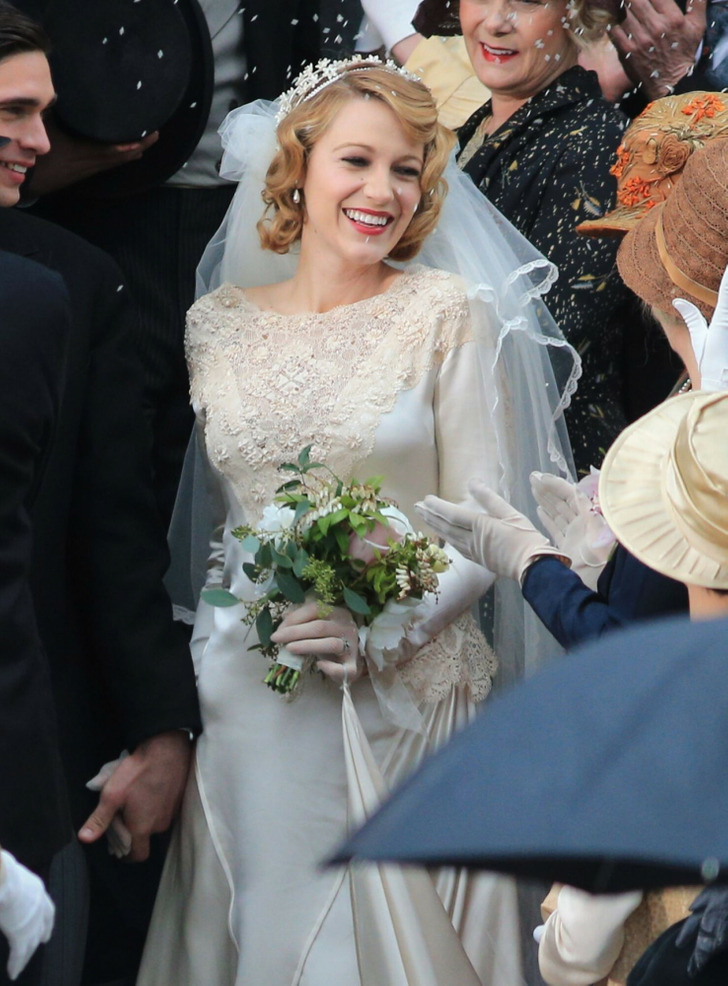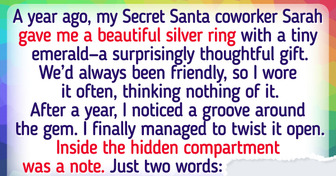16 Celebrities Who Rock Their Unusual Features

Many worldwide wedding traditions come from different ancient beliefs and superstitions. Others have surprisingly deep historical roots and meanings behind them. Nevertheless, they are still as popular today as they were thousands and thousands of years ago. And we still carry on with them, even though we’ve never taken a second to consider the meaning behind many of them.
The bridal veil was used to ward off evil and protect the purity of the bride. In ancient times, young brides were considered to be vulnerable to enchantment, so relatives tried to hide them from evil spirits “who might want to thwart her happiness.” The Romans, for instance, used flame-colored veils, believing it would scare off all the spirits.

In medieval Europe, a bride did not expect to wear or see her wedding dress ever again. It was seen as good luck, as some kind of fertility charm for single women. And it was common practice for them to chase down the bride and rip off pieces of her dress, tearing it to pieces.
As the years went on, dresses became more and more expensive, so brides created a distraction — they started to throw certain objects out to the women instead. One of these became a tradition we cannot imagine any wedding without.
Egyptian pharaohs used rings to represent eternity because a circle has no beginning and no end. It also reflects the shape of the sun and the moon, which were worshipped by ancient Egyptians. They believed that the ring finger, or fourth finger of the left hand, contained a “vein of love” (vena amoris) that led directly to the heart. So there was a tradition of giving rings to lovers to represent devotion, which was then was adopted by Greeks and Romans.
Back in those times, people used to see the color white as an indicator of wealth — it simply denoted that the bride’s family could afford to have the dress cleaned. Most other women wore bright, colorful dresses to their weddings that they could then use for any other occasion. Victoria, a then-20-year-old bride herself, was the first to ask that no one else wear white to the wedding aside from her and her bridesmaids.
Ancient Romans ended their weddings with a ceremony where a scone-like cake was crumbled over the bride’s head for good luck and fertility. Then the newlyweds would eat the cake together, and that was considered one of their first unified acts as husband and wife. The guests would then eat the remaining crumbs themselves. Wedding cakes replaced bridal pies only in the seventeenth century.
This ceremony involves binding couples together in matrimony by tying a cord, cloth, or sash around their hands so the 2 may become one. And though it was first an ancient Celtic practice that dates back to the medieval era, the ritual is still in practice today, and many couples include it as an extra component of their official ceremony. Others use it to renew their vows.
This tradition continues, just as the 2 previous ones do. First, where the bride was captured from her family if they disapproved of the marriage. Second, where the groom was always ready to defend his captured beauty from anyone trying to take her back. And to help him on this mission, he would choose the best man able to fight with his sword and serve as the groom’s armed guardian during the ceremony.
In Ancient Rome and feudal China, it was common for a bride to have a far trip to her groom’s town. This actually made her an easy target for different bandits and the like. With many bridesmaids dressed just like her, it made it harder to assault the young girl.
The practice then evolved to there being 10 witnesses at a wedding ceremony, all dressed in matching colors. Queen Victoria had 12 bridesmaids, and all of them wore white dresses to match her satin gown.
“Something old, something new, something borrowed, something blue, and a sixpence in your shoe,” is a traditional Victorian-era wedding rhyme. It describes objects that will bring the bride good luck on her wedding day and in marriage. They say that something blue is a sign of purity and fidelity, something new brings optimism for the couple’s future, a borrowed thing borrows happiness and provides good luck, and the old item protects any babies to come.
Tearing up on someone’s wedding day is not something to be embarrassed about. In fact, it is said that the bride should cry on her wedding day so that when she enters married life, she won’t have to shed any tears anymore.
In Spain, the groom would be surrounded by his groomsmen, and they would cut his tie and cut it into even smaller pieces. Those pieces would then be auctioned off to guests with the belief that they would bring good luck to those who had them.
Wedding traditions from around the world can be unique, and you can read about them here. Or, if you prefer the funnier side of this important event, check out wedding photo compilations and stories from people of the internet. Enjoy!











